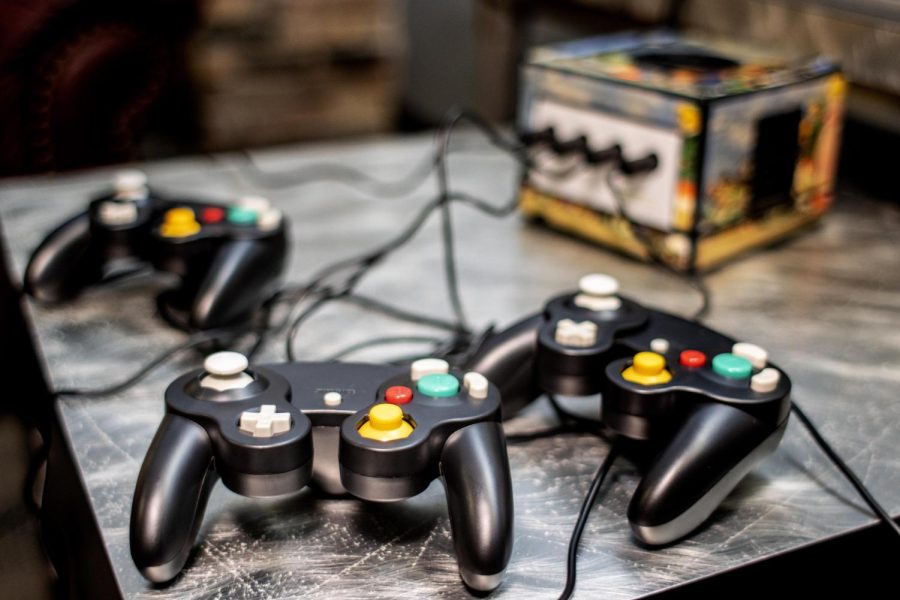Hookah bar Nargile lights up night life
As the door opens, notes of Frank Sinatra’s “My Kind of Town” waft through the wooden entrance and a day-glo green and pink “OPEN” sign offers more illumination than any light located inside. Flickering votive candles cast a dim orange warmth into the foyer, and a thin plume of smoke twists up like a writhing snake at the bar in the back of the room. It is clear this is not an average college bar.
Sitting on a quiet street away from Champaign’s main drag, Nargile, located at 207 W. Clark St., looks like little more than an upscale two-story home from the outside, until one notices the large signs and music drifting from behind the door. Champaign is littered with bars and lounges of all shapes and sizes. What separates Nargile from the typical alcohol set is the atmosphere and a cadre of conspicuous hookahs lining the bar’s back wall.
The tradition of smoking a hookah while discussing religion, politics or current events among friends has existed for hundred of years, but the trend has slowly made its way to America only in the past few years. Nargile opened Dec. 5, 2003. It is the first hookah bar in Champaign, but is merely one of many like it popping up in cities across the country, from San Diego to New York City.
Bringing Nargile to life:
Nargile is owned and operated by Garenne Bigby, a Champaign resident who, just a few years ago, had little entrepreneurial penchant and no plans of bringing an emerging world trend to his hometown.
Before opening Nargile, Bigby said he worked a number of jobs, including stints as a musician and even as a maintenance employee for the University of Illinois.
It was a few chance occurrences, however, that spurred the idea to bring a hookah bar to Champaign.
On a trip to San Diego, Bigby had his first taste of hookah smoking and was immediately hooked on the mellow flavor and relaxing effect.
“It’s a cool thing to do other than smoking cigarettes. This is more of a social thing,” Bigby said, while taking a drag from a three-foot, egyptian-style hookah packed with double apple tobacco. “Cigarettes are pretty nasty; shisha is a much more pleasurable experience.”
After the trip to San Diego, Bigby came home and was offered a job as manager of another local bar. Despite having little experience, he took the job. The idea for Nargile was hatched one night while working there.
Bigby then had to search out a location, but fortunately a space was available only a block from where he was already working. Located near campus, but just far enough away not to be lumped in with other bars peppering the surrounding streets, Bigby said he had found the perfect place to set up shop.
He then set out to create the kind of atmosphere in which he’d most like to, in his words, “relax, kick back and have a good smoke.”
Setting the Mood:
The building was set on two levels, with an area for live bands, a lounge area and a downstairs dedicated to dance music and near-nightly DJs. Bigby said he now had plenty of space to set a relaxing atmosphere.
Nargile’s main floor is awash in a sea of art deco, curved-back white chairs and plush red couches resting inches from the ground. With dark red walls and green curtains, the walls are littered with posters advertising future shows and nightly drink specials.
Comprised of the aforementioned three separate areas, the bar is a mishmash of styles, but is connected by Bigby’s vision of what a hookah bar should look like.
“I did it,” he said of the bar’s unique, almost bohemian look. “It’s a combination of all the kind of stuff I like.”
Bigby said the goal of Nargile was to create a relaxing atmosphere where people could come and lounge for hours, catch some live music, or dance to a DJ. The aesthetic seems to be working, as many patrons regard the bar as one of the best “chill spots” in Champaign.
“It’s just a good place to chill,” said Doug Matiasek, a junior English major at the University of Illinois. “I come here to relax and take the stress off,” he said while leaning back in an overstuffed red lounge chair and placing his shoes on the edge of the table.
Sophia Kahn, a waitress at Nargile since its December opening, also noted how the bar’s atmosphere differed from other Champaign nightspots.
“The ambiance is different here, she said. “(Nargile) is a lot more intimate than an average bar.”
Another element of Nargile is its dedication to music. If a band isn’t performing or a DJ isn’t spinning in the bar’s lower level, music is constantly playing on the juke box.
“(We offer) much more than other bars around here,” said self-proclaimed “hookah-tender” Greg Belcher. “This place is all about music. We have bands or DJs playing almost every night and music is like a complement to the atmosphere.”
Hookah vs. traditional smoking:
Hookah smoking, unlike cigars, cigarettes or pipes, is light and aromatic, Bigby said. Ranther than looming like an impending storm cloud above heads of patrons the way cigarette and cigar smoke tends to do, plumes of hookah smoke dissipate into the air with the aroma of fruit and baked sugar.
“People walk in here, and they just smell the aroma and the flavor,” Bigby said of hookah smoke. “And your clothes don’t smell when you leave.”
Part of the difference is in not only the tobacco itself – hookah tobacco is a combination of shredded tobacco, molasses or honey and fruit pulp – but also in the way in which hookah tobacco (also called shisha) is lit. With perforated tinfoil covering the hookah’s bowl, a lit coal is placed above the tobacco, but never actually touches the shisha.
“It’s roasting the tobacco, not burning it,” John Bussema, a junior industrial engineer at the University of Illinois, said of a shisha smoking experience. “The concept is entirely different from smoking something like a cigarette.”
Hookahs in Champaign:
Despite their history, hookahs may look strange to those who have never seen one smoked. Hookahs are rather benign, Bigby said.
“Certain people are scared of it,” Bigby said of hookahs, “but most people who come here find out they like it. The only negative reaction I’ve received is from people who are not knowledgeable. And that makes a lot of people afraid to touch it.”
And while a strange look or an unfair connotation with marijuana may frighten some, everyone from city police to health department representatives have partaken in a hookah, Bigby explained.
“We’ve had some police stop by to check it out and they seem to like it,” Bigby joked. “We had some people from the Champaign County Health Department come by, and I actually got one of those guys to come in and smoke a hookah with me. And he really enjoyed it.”
The big picture:
Nargile currently offers alcohol alongside music and hookahs. Bigby said the bar also has plans to offer coffee, tea and even sell shisha tobacco or hookahs to customers. He explained Nargile’s customer base has grown steadily since the bar’s opening, as clientele is a mix of students, professionals and locals.
With hookahs available for $8 in a variety of flavors, including apple, strawberry, cherry mango and banana, a night smoking hookahs and sipping coffee could be much cheaper than an average night at the bars. Bigby said the reasonable price and length of a smoke are part of the appeal, as patrons could spend most of the night at Nargile and spend less than $10.
He explained that while weeknights between Sunday and Wednesday may be slower than the bustling weekends, business has been a testament to the appeal of hookah smoking.
“Business has been great,” he said with a smile. “It’s been better than I could have possibly imagined.”
With Nargile’s success, Bigby also said he is considering expanding business to other areas of central Illinois.
“I think this could work in places like Bloomington or Charleston,” he said. “Any place where people wanna get together and relax, have a smoke and enjoy a drink is a place where this could work.”
History of the hookah:
Egyptians call it shisha, Lebanese refer to it as nargila, and in English it is known most commonly as hookah. No matter what name it is given, however, hookahs have been smoked by people of various cultures and nationalities for hundred of years.
For something with such widespread tradition, however, few smokers are aware of the rich history of the hookah under any of its many guises.
Accounts of the first cultures to use the hookah are debated, along with what constitutes a “modern” hookah, but a number of facts are well-known.
The original design for the hookah is believed by most to have come from India or Persia, but it was rather primitively made from a coconut shell. With two holes bored into the coconut’s husk, milk was originally used to filter hookah smoke. Although what this may have tasted like is questionable, the popularity of the hookah quickly spread to other areas of the Middle East.
Hookahs spread to Iran and then the rest of the Arab world. It was in Turkey, however, that the water pipe completed its revolution and has hardly changed its style for the last few hundred years.
Styles and materials are often interchangeable, but almost all hookahs traditionally consist of four basic pieces:
-Agizlik: the mouthpiece of the hose of a hookah
-Lle: the top of the hookah or bowl
-Marpu: the tube or hose
-Gvde: the body of the pipe which is filled with water
All pieces of the pipe were produced by special craftsmen, which were named after the piece they produced.
The shisha tobacco, also called tombac, gouza, moass or sheesha, is a blend of fresh, dark tobacco leaves, fruit pulp, honey or molasses and glycerin. It is rumored shisha tobacco originated when one smoker used molasses to give consistency to shredded tobacco leaves and a trend was born. The tobacco is available in a wide variety of flavors, including double apple, strawberry, melon, pineapple, vanilla, pistachio and rose, among many others.
Hookahs are traditionally smoked among groups, as participants discuss politics, religion and daily happenings. Coffee houses became major sources of news and gossip while smokers sipped strong coffee, puffed tobacco and conversed freely with people throughout the area.
Hookahs soon became important status symbols as well. Offering one to a guest became an important sign of trust, and withholding it could be taken as a serious insult. In 1841, a diplomatic crisis broke out between France and the Ottoman Empire after a sultan declined to offer the French ambassador a chance to smoke with him.
Hookah smoking is still largely social, though coffee houses are no longer as important to the spread of local news. The practice still offers social interaction and conversation.
Hookah etiquette:
Hookah smoking is traditionally a mellow, relaxing process, as shisha burns slowly. A single bowl can last upwards of an hour when passed among a group of three or four. Because of hundred of years of tradition, however, numerous points of etiquette have been established.
Most hookah bars do not strictly enforce etiquette upon smokers though, as most patrons have never or rarely smoked. The guidelines are easy to follow and simply show respect for the history involved.
Proper etiquette varies between different cultures, but a handful of rules are relatively universal.
-Never set a hookah on a table or ledge. A hookah should traditionally be placed on the floor to avoid contacting the charcoal with anything flammable. This may be difficult when using a hookah with shorter hoses, but a burning coal is a fire hazard. And placing a hookah on a table (especially one containing food or drink) is considered disrespectful
-Never pass the hookah directly to another person. Always first put it down and let the next smoker pick it up at their leisure. Setting a hose directly on the table signifies one smoker is done and the next person may pick up the hose.
-Never light cigarettes using the lit charcoal that lights shisha tobacco. Although cigarette, cigar and pipe smoking may take place alongside hookah smoking, it is considered improper to use a coal as a lighter.
-Never use a self-lighting charcoal on top of the hookah. The extra smoke will overwhelm the tobacco flavors and may inhibit smoking. Low-smoke, flavorless charcoal specifically designed for shisha smoking is traditionally preferred.
-Do not blow smoke in the face of another person unless it is requested in order to taste the flavor being smoked.
-Never share your plastic mouthpiece with another person, as it does not promote good hygiene.
-When you are finished smoking hookah, wrap the hookah hose around the metal stem.
-Don’t smoke anything but tobacco out of a hookah. Hookah smoking may often be associated with other controlled substances by some, but hookahs are traditionally used only to smoke shisha tobacco.



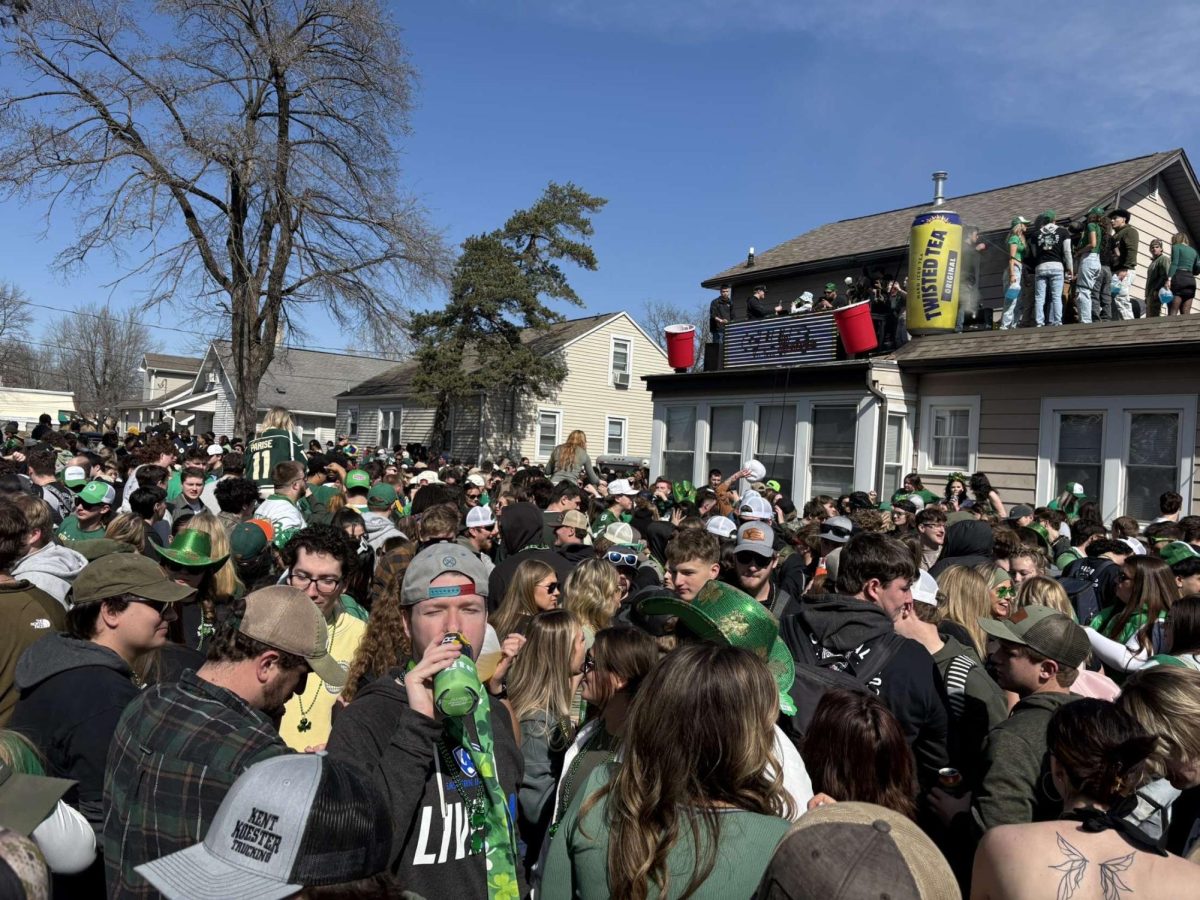
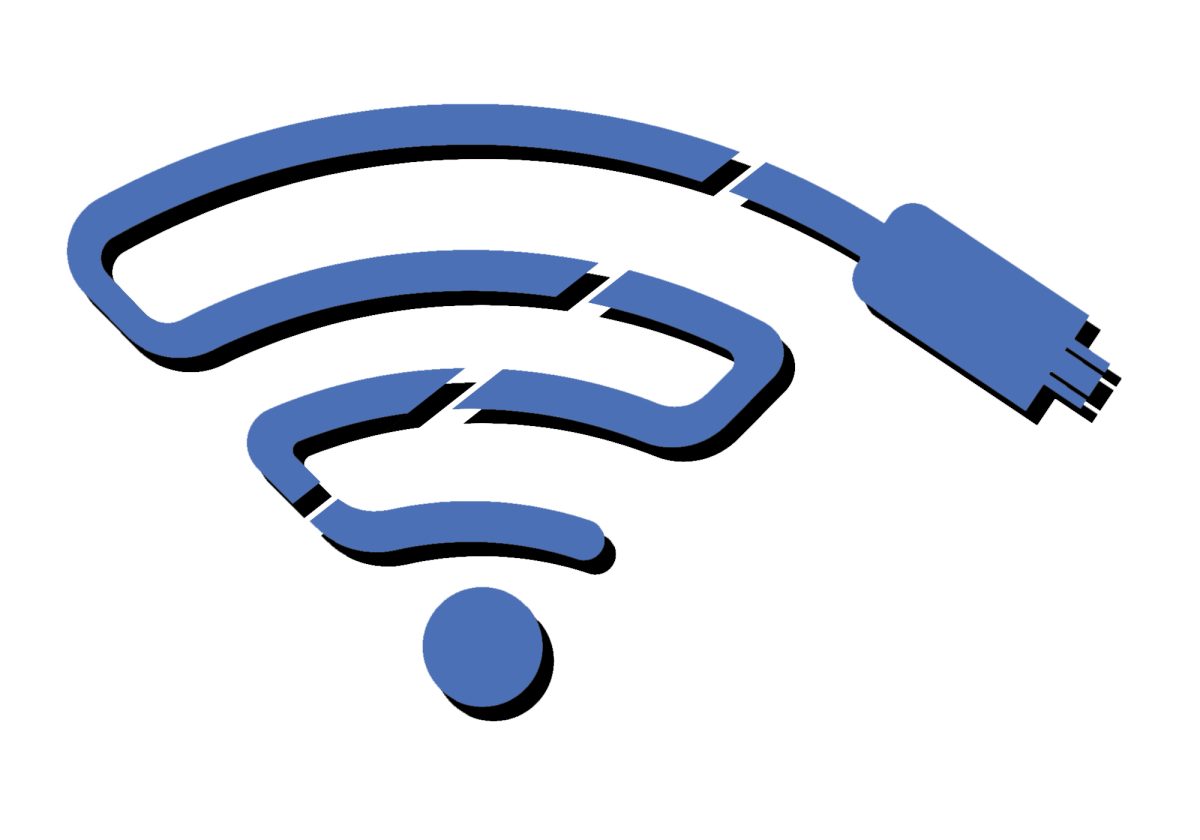


![[Thumbnail Edition] Senior tennis player Luisa Renovales Salazar hits the tennis ball with her racket at the Darling Courts at the Eastern Illinois University campus in Charleston, ILL.](https://www.dailyeasternnews.com/wp-content/uploads/2025/03/Tennis_01_O-1-e1741807434552-1200x670.jpg)


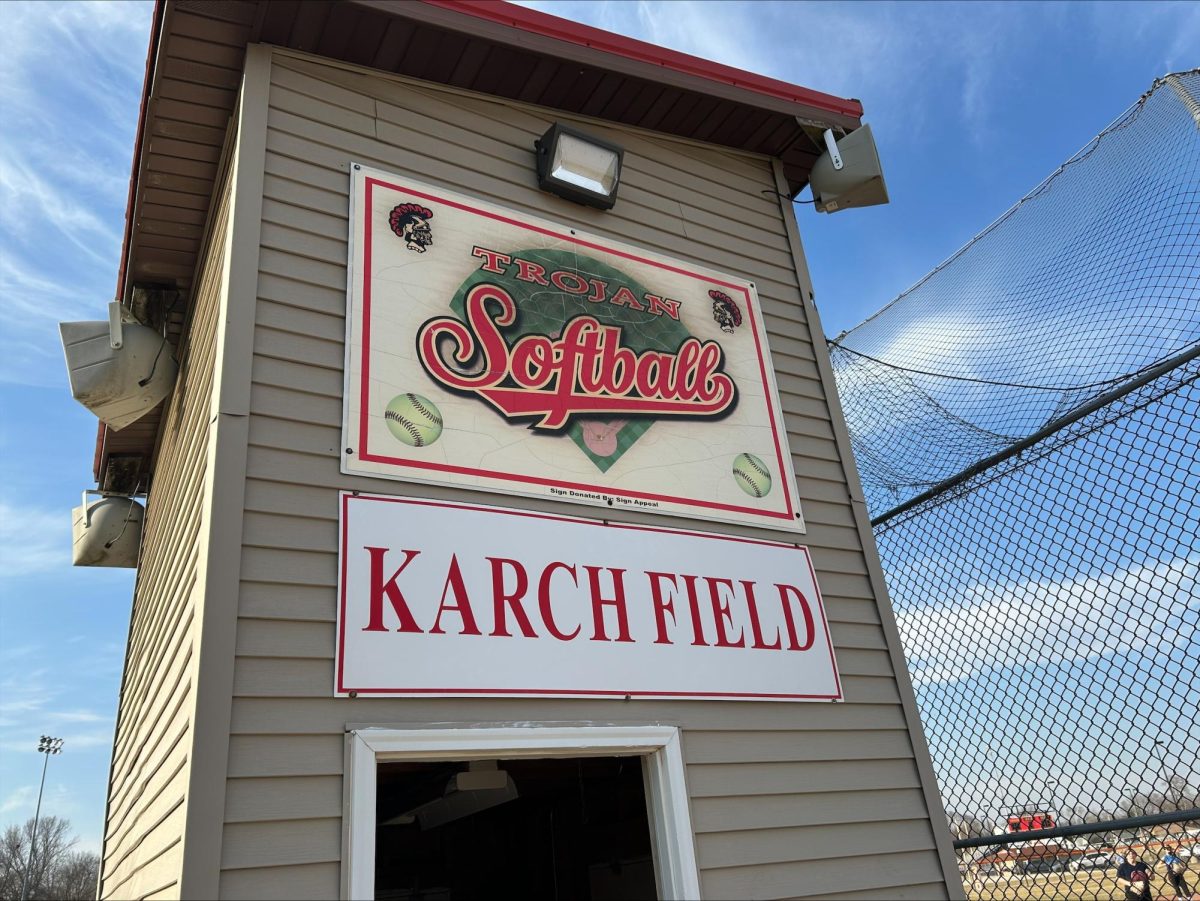


![[Thumbnail Edition] Eastern Illinois University baseball's hitting coach and recruiting coordinator Mike Pugliese urges players on the team to increase their effort after a slow start to its pregame routine at the team's first intrasquad scrimmage of the season at O'Brien Field on Jan. 31, 2025.](https://www.dailyeasternnews.com/wp-content/uploads/2025/03/BB_02_O-1-e1741909628540-1200x702.jpg)
![[Thumbnail Edition] Senior right-handed pitcher Tyler Conklin pitching in the Eastern Illinois University baseball team's intrasquad scrimmage at O'Brien Field in Charleston, Illinois on Jan. 31.](https://www.dailyeasternnews.com/wp-content/uploads/2025/03/TC_01_O-e1741567955534-1200x669.jpg)



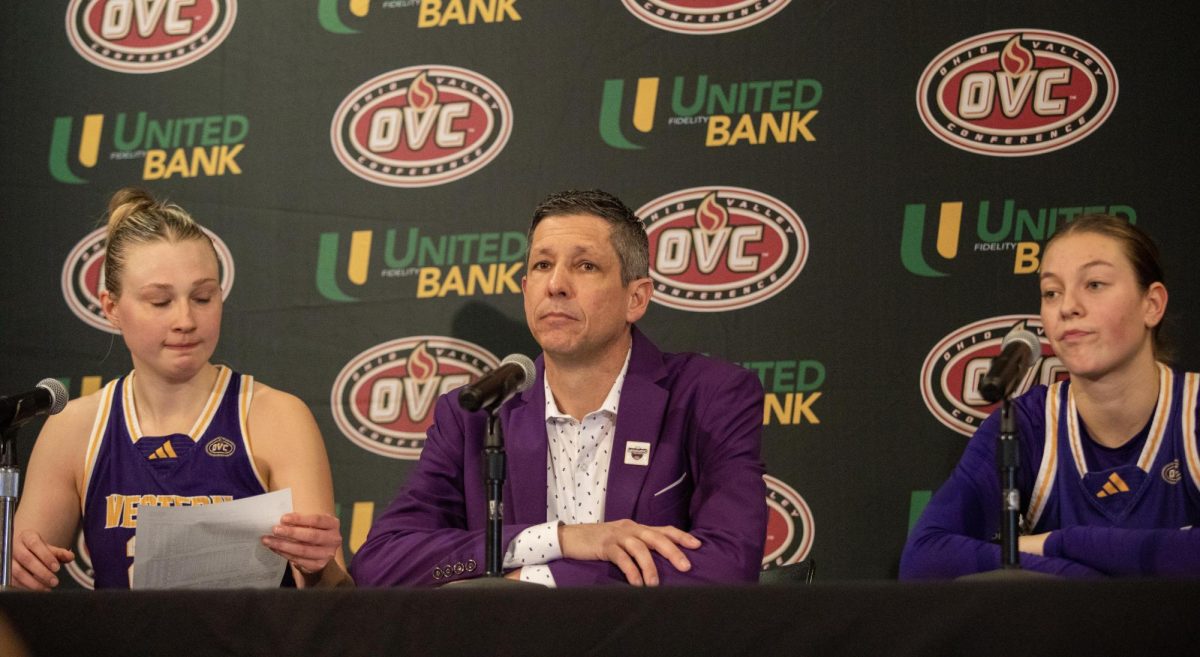


















![E[Thumbnail Edition] Eastern Illinois softball freshman utility player Abbi Hatton deciding to throw the softball to home plate in a fielding drill during softball practice at the field house in Groniger arena on Tuesday Feb. 11.](https://www.dailyeasternnews.com/wp-content/uploads/2025/03/SB_03_O-e1741208880750-1-e1741209739187-1200x815.jpg)

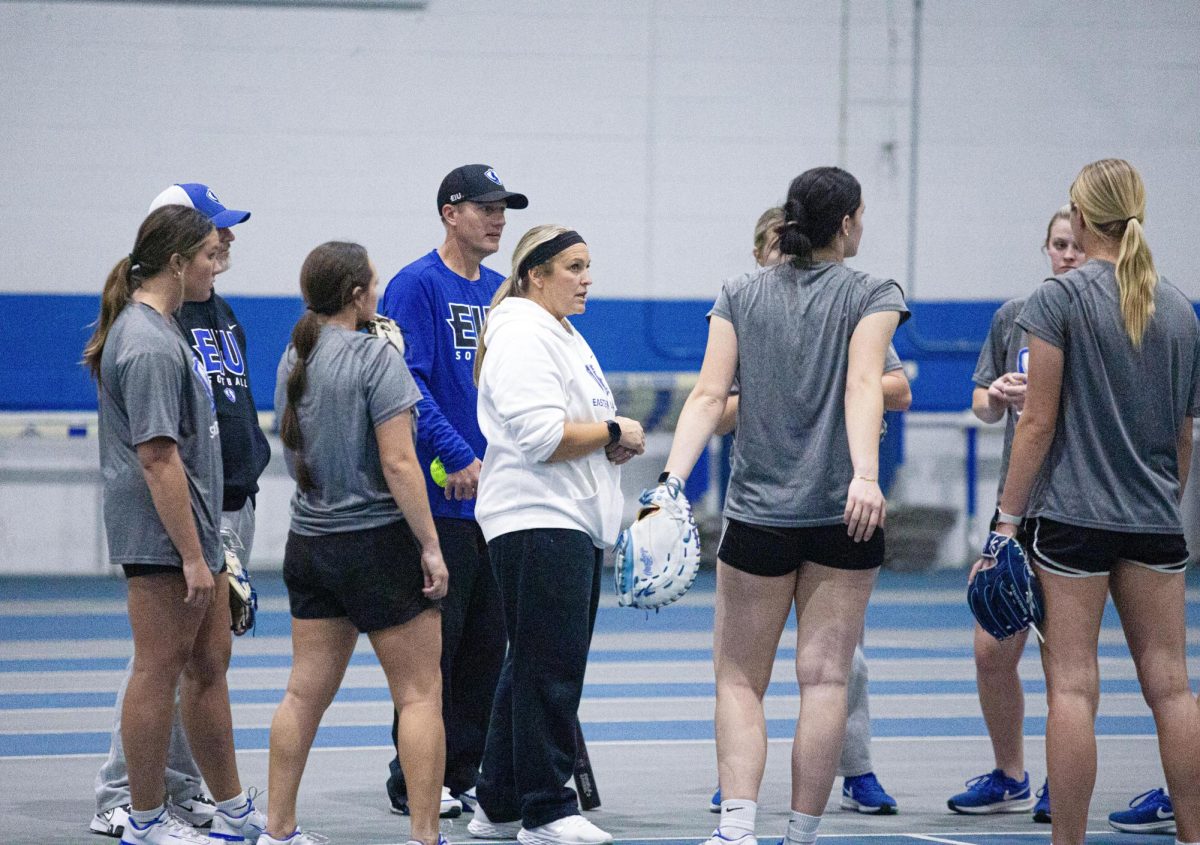











![The Weeklings lead guitarist John Merjave [Left] and guitarist Bob Burger [Right] perform "I Am the Walrus" at The Weeklings Beatles Bash concert in the Dvorak Concert Hall on Saturday.](https://www.dailyeasternnews.com/wp-content/uploads/2025/03/WL_01_O-1200x900.jpg)
![The team listens as its captain Patience Cox [Number 25] lectures to them about what's appropriate to talk about through practice during "The Wolves" on Thursday, March 6, in the Black Box Theatre in the Doudna Fine Arts Center in Charleston, Ill.](https://www.dailyeasternnews.com/wp-content/uploads/2025/03/WolvesPre-12-1200x800.jpg)










